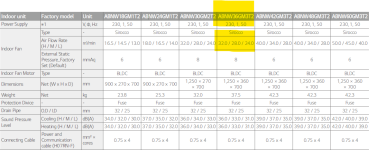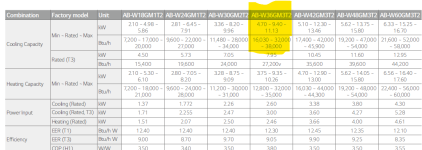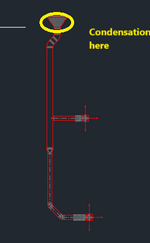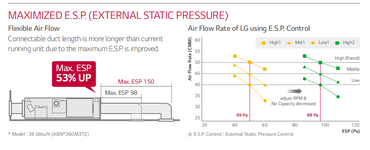HVAC_Eng
Mechanical
- Oct 13, 2024
- 5
Hello everyone,
I'm troubleshooting a condensation issue and would appreciate any insights! Here's the situation:
-Load estimation: 10 kW (34,121 BTU/h) with an airflow requirement of 1800 m³/h (1060 CFM).
-Equipment: The customer has several concealed ducted indoor units, two of which recently started showing water droplets (sweating) on the casings.
Current Configuration:
-Outdoor Unit: 32,000 BTU/h rated capacity.
-Indoor Units (affected units): 1130 / 988 / 847 cfm (H/M/L) airflow capacity.
-Service Details: Technicians cleaned the filters, checked the condensate drain pan, and confirmed proper piping.
-Despite this maintenance, condensation still appears on the two units. I'm trying to understand if this could be due to undersizing or oversizing of the units, or if there might be other contributing factors.
Could an undersized or oversized setup be causing these condensation issues?
Might there be another underlying issue to explore?
Any advice or suggestions on what else to check would be greatly appreciated!
I'm troubleshooting a condensation issue and would appreciate any insights! Here's the situation:
-Load estimation: 10 kW (34,121 BTU/h) with an airflow requirement of 1800 m³/h (1060 CFM).
-Equipment: The customer has several concealed ducted indoor units, two of which recently started showing water droplets (sweating) on the casings.
Current Configuration:
-Outdoor Unit: 32,000 BTU/h rated capacity.
-Indoor Units (affected units): 1130 / 988 / 847 cfm (H/M/L) airflow capacity.
-Service Details: Technicians cleaned the filters, checked the condensate drain pan, and confirmed proper piping.
-Despite this maintenance, condensation still appears on the two units. I'm trying to understand if this could be due to undersizing or oversizing of the units, or if there might be other contributing factors.
Could an undersized or oversized setup be causing these condensation issues?
Might there be another underlying issue to explore?
Any advice or suggestions on what else to check would be greatly appreciated!




